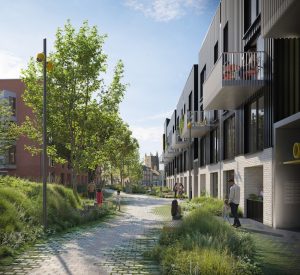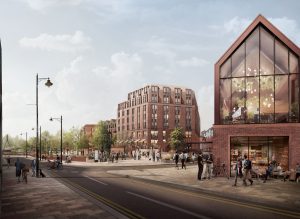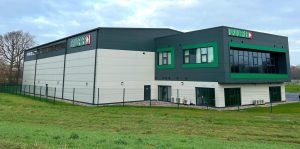Burslem worst for empty shops as Brexit subdues retail property sector

THE Brexit shockwave coupled with the general economic slowdown in the lead up to the EU referendum has had a severe impact on the UK’s retail sector, latest figures have shown.
The Local Data Company said the balance between shop openings and closings during the first half was weighed very much towards the latter.
The LDC report, titled ‘In the balance’, shows the number of closures exceeded openings by 1,997 in the six months to the end of June.
The figures represent something of a turnaround from those for the second half of last year, when openings outnumbered closures by 335.
LDC said the turnaround was the result of openings falling by 15%, while closures dropped 5%; 22,801 shops closed in the first half, weighed against the 20,804 that opened.
The latest figures slow the year-long improvement in vacancy rates.
However, they also verify that Burslem remains the worst town in the country for empty shops, with a third (33.3%) of its units vacant.
Matthew Hopkinson, of the LDC, said: “Growth slackened significantly in the half year leading up to the referendum at the end of June, taking the steam out of the gentle improvement in vacancy that has improved by 2.3% since 2011.
“Since the end of June we have seen the vacancy rate in leisure outlets inch upwards. Whether this will be just a twitch in the statistics or the beginning of a long term reversal will become clear over the coming months.”
He said that for example, the 23% net growth in restaurants since 2010 was unlikely to continue.
“This new report sets the benchmarks for developments on the high street for the coming years which will see the UK exit the EU and strike out on its own. Increased costs for retailers coupled with fierce competition and over supply of shops is likely to see increased levels of distress and failure among retailers with survival of the fittest being the order of the day,” he added.
The LDC report, which also compares recent results to those over the last five years, also shows that:
• England has the lowest national vacancy rate at 11.3%, followed by Scotland at 12.1% and Wales at 15.1%
• Retail parks have gained more units than any other type of location
• Shopping centres have made the best improvement in vacancy rates – in coming down from the highest peak of any type of location
• Town centres have proven remarkably resilient to change in overall shop numbers since 2011
• High street health index scores show retail parks and small towns in the pink in comparison to larger towns and shopping centres
• Large towns/cities (>400 units) have the highest vacancy rate at 12.3% with medium sized towns (200 – 400 units) standing at 11% and small towns (<200 units) at just 8.8%
• Beaconsfield is the top performing town by occupation with no vacant units
• The North East has the highest percentage of long term vacant units (persistent vacancy)
• London is the only region to have lost in numbers of independent shops and the only one to gain in numbers of chain stores over the past half-decade
• Comparison goods stores selling finished non-food products have fallen in number across the whole five-year period – split evenly between multiples and independents
• Food & beverage chains have driven significant growth in the multiples’ sector
• Independent service providers such as barbers have driven growth in town centres while multiples such as banks have plunged in number









